Motorsport
They screwed bolts into my skull
I reckon I’ll be in for quite a bit of pain if I’m lucky enough to see 60 years. I suppose that’s to be expected when you have an injury list like mine.
The worst was probably the broken neck. That should have killed me. I broke three vertebrae – C6, C7 & T1 – which is why I’ve got eight screws and three rods in my neck now.
I’ve broken both femurs. My left wrist five times. My right wrist four times.
I’ve broken my collarbone, shoulder, fingers, ribs, nose, feet, toes, dislocated a hip, suffered quite a few concussions. The list goes on … and I’m sure there’ll be a few more things to add before I’m done.
I’ve spent my adult life riding motorcycles all around the world. In 2016, I became the first Aussie to win the world’s most treacherous race – the Dakar Rally.
Getting that trophy in my hands was a special feeling. But I want more of it.
A lot of you probably wonder why I’d want to risk more injuries, or even something worse. Haven’t I had enough?
Let me tell you, every time I have an injury I think about giving bikes up. And every time, a day or two later, I’ll want to be right back out there riding again.
It’s a bad thing to say, but the adrenaline really is like an addictive drug. When I’m riding a bike, the feeling just takes me over.
As a young kid growing up in the tiny town of Roto in western NSW (population 41 plus flies), I didn’t have computer games like the kids do these days. I had to make my own fun. Riding a motorbike around the paddocks at home gave me a sense of complete joy and freedom. And once I got the knack of it, I could nearly ride a bike better than I could walk.
Now, I’ve got bills to pay and all this adult stuff to worry about but that all disappears when I get on the bike. All the problems just go away, and I find that same feeling I had as a young fella. That’s what I’m chasing.
That’s a big part of why I keep going but it’s not the whole story. There are two other big reasons why I keep challenging myself.

MY SISTER AMANDA
My older sister, Amanda, was born 15 weeks premature. She had cerebral palsy, epilepsy and was blind as well. It was a miracle she lived at all.
Growing up, it was hard to see her face so many challenges. And there were a lot of times I wished I could swap places with her, if that meant she could live a normal life. It could just as easily have been me anyway.
But despite how tough she had it, Amanda enjoyed life a lot. And I tried to make her happy because, in a lot of ways, she lived through me.
The most exciting part of racing was coming home with a trophy. Even though she couldn’t see it, Amanda could touch it and hold it and join in the celebration.
She’d get so excited, knowing that I’d won and seeing that joy on her face meant everything to me.
That’s how she was whenever we talked about bikes. She’d be laughing and smiling and trying to kick her legs. It was how we bonded. Every time I got back from a ride she’d want to know everything, even the boring mechanical stuff.
She would hear my stories and dream of what it must be like.

But when I’d come home with plaster on my arm instead of a trophy, she’d get so upset knowing that I was in pain. I’d tell her that everything was OK and that I’d get better and go again. She was on this journey with me.
The ups and downs of racing, she loved it all. And with everything she had to deal with, she was the most inspirational person in my life.
The biggest thing I learnt off Amanda was to not take things for granted. To cherish every moment, because life can work out so differently to how you plan. The time we’ve got is precious and you’ve got to make it count.
I wish she was still around to hear my stories, because I’ve got quite a few new ones, but she passed away in 2011. I miss her so much.
I’m sure she’s looking down on me though, keeping me as safe as possible out there. When I won the Dakar in 2016, she was in my thoughts the whole race. I wanted to do it for her.
I still race to make her proud.

MY MATE, KURT
It wasn’t long after my sister passed away that one of my heroes changed my life forever.
Kurt Caselli was one of the best enduro riders in the world and he spotted me at the Finke Desert Race in Alice Springs. He liked how I rode and brought me across to his team at KTM in America.
I think he saw a lot of similarities between the two of us. We were both fiercely competitive but knew that winning races wasn’t everything.
You can have all the trophies and accolades you like but, at the end of the day, it’s family and friends that will be there for you through thick and thin. And Kurt reminded me how important that is, because this motorbike thing won’t last forever.
The most exciting part of racing was coming home with a trophy. Even though she couldn’t see it, Amanda could hold it and join in the celebration.
And it almost ended for me in 2013, when I had a really bad crash racing in California.
I’d broken my neck in three places and when the doctors realised that, they screwed bolts into my skull and fitted me with a body-suit to immobilise me. They couldn’t believe I was alive. And before I was flown back to Australia for surgery, I was told I’d never ride again.

When I got home, the surgeons had to operate to put in those rods and screws I mentioned. And when I woke up, against all odds, I walked again.
It took me six whole months to get back on the bike and it was Kurt who brought me back. I wasn’t ready to race yet, but he knew it was important to get me back around the KTM family, so I could feel a part of it again.
I went over and helped him prepare for the Baja 1000 in Mexico. He had me laughing and having a good time. We went riding just two days before the race and I kept up with him, matching him for speed. He helped me believe that I could come back better than I was before.
That was the last time I rode with him.
I was waiting for him at the finish line, but he had a terrible accident in that race and he didn’t come away from it.
It rocked me hard, losing a good mate like that in the prime of his life.
It made me realise that I wanted to be all-in on riding motorbikes. And I want to honour his memory. I’m living the adventure he never got the chance to finish.
LIKE RIDING ON THE MOON
The Dakar is what I live for.
It’s the one enduro event that the whole world watches, and you need to make a year’s worth of preparation count in just two weeks of racing.
I’ve had four starts now and every time I’ve made it to the finish line, I’ve finished on the podium. The one time I didn’t make it was in 2017, when I broke my femur.
But even when things don’t go to plan, what a place to be racing!
These countries – Argentina, Bolivia, Peru and Chile – are some of the most beautiful in the world. And I’ve seen some incredible stuff.
Riding across the salt flats in Bolivia is unlike anything else I’ve done. You get out in the middle there and it’s just a 360-degree view of nothing but white, flat ground as far as the eye can see, mirages dancing on the horizon.
It feels like you’re on the moon. Or maybe the end of the world is a better way of describing it, because it is that bloody hot up there.
The weather plays such a big role in the Dakar. It can break you.

You might start a stage down near the ocean in Chile, and it will be 30 degrees at six o’clock in the morning. Four hours later, you could be high up in the Andes and it’s minus-five and almost snowing.
And you’re moving so quick – up to 175km an hour – that your body doesn’t have time to adjust. All of a sudden, you’ll be four-and-a-half thousand metres up and your body feels like it’s shutting down. At times like that, it’s a struggle breathing at all because you’re not getting any oxygen. You feel like you’re about to fall asleep. And with the cold, the bike barely even wants to run.
But before you know it, you’ll be back down in a valley and it will be pouring rain.
It’s a race that throws everything at you and you’ve got to be prepared. Hazards are around every corner and they can change the race in a heartbeat.
It’s a bad thing to say, but the adrenaline really is like an addictive drug. When I’m riding a bike, the feeling just takes me over.
If you crash and hurt yourself out there, you could be lying in the middle of nowhere for a long time before anyone comes for you. That’s the scariest part of the race.
It’s also why the Dakar isn’t all about winning. It can be a narrow line between life or death and if someone’s in trouble, you stop. Even if it might cost you.
It’s unthinkable that I would ride past someone in pain. I couldn’t do that. You’re a long way from help, so even just a few comforting words can go a long way.
I remember coming across this one guy who had been knocked unconscious when he hit the ground. He looked lifeless when I found him, and I started panicking.
I’ve never been more relieved than I was when he came to.
You never get the time back but that’s not what it’s about. You just hope if you’re ever in that same position that someone would do the same for you.

RACING THROUGH THE THIRD WORLD
When you’re not out in the wilderness, you’re cruising through towns and villages that are effectively in the Third World.
To see the way those people live brings you right back down to earth and it makes me so appreciative of what we’ve got here in Australia. We’re damn lucky.
The people in these remote villages live in small mud houses and huts. They don’t have electricity or Wi-Fi or telephones but they’re still happy as Larry and pumped on life.
Most of the time, they won’t know we’re coming until we arrive. That’s quite a surprise for them!
But other locations are known ahead of time. For the people that live in those villages, it’s the biggest event of the year. It’s a festival atmosphere and there will be thousands of people out celebrating, lining the track to see us go past.
The joy the race brings the locals is another part of why I keep coming back. It’s infectious.

That’s why it’s also important to be respectful. You’re just passing through and you want to leave these places how you found them. I worry about hitting one of their animals.
Most Aussies might dream of having a Lamborghini. But in some remote parts of South America, an alpaca might be someone’s pride and joy. And for those families, just a few animals might be their main source of income or food.
You don’t want to abuse their hospitality either because if you’re ever in trouble, the locals will certainly help you in any way they can. But when it comes to food and water, you’ve got to be a little bit careful.
If you’re offered a drink, you’ve got to weigh up the risk. If it’s not in a bottle that’s sealed, you’ve probably got an 80-90 per cent chance of getting quite sick. The same goes for a lot of the food. But at the end of the day, if you’re out in the middle of nowhere and you’re dehydrated, it’s a chance you might need to take.
SLEEPING ROUGH
Getting through just one day of the Dakar is an incredible achievement in itself.
But what a lot of people don’t understand, is that just because you’ve not got lost and navigated your way safely to the end of a stage, that doesn’t mean you’re done riding.
You can get to the finish line after 10 hours and still have another 200km to ride, just to get to the end of the day at the location of the next stage.
No truck, no trailer.
All that time in the saddle hits home after two weeks, when you realise you don’t have any skin left on your backside. That’s why Monkey Butt is essential for any endurance rider.
I spend a lot of those hours on the bike, thinking some pretty weird things. Usually, about how good a dirty Big Mac would be. Or even just thinking about a good bed.
You can get to the finish line after 10 hours and still have another 200km to ride.
At the end of most stages, I’m lucky enough to share a campervan with two other KTM riders. You can imagine how that smells after two weeks of hot racing. We have one rule: no one uses the toilet in the camper.
On the marathon stages though, it’s not quite as comfy for us.
A marathon stage is two days of back-to-back racing without assistance from your team. You’ve got to do it all yourself.
It’s up to 12 hours riding before you get into the bivouac, which is basically a travelling village that follows the race, setting up in a new camp spot every night.
When you get in at the end of a day’s racing, you’re exhausted. The organisers give you a small bag with a blanket, a t-shirt, a pair of shorts and some slippers. Then you’ve got to find a spot to sleep on the concrete or wooden floor of whatever building you’ve been put up in. If it’s not too cold, you’ll sleep outside under the stars.
You’ve just got to make the best of a rough set-up and try to get as much sleep as you can before you get up and do it all again.
I get told that I’m insane for doing this on a daily basis. And to be honest, a lot of the time I definitely feel like I’m going a bit stir-crazy. But I wouldn’t want to spend my life doing anything else.
More about: Concussion | Dakar Rally | Injuries | Motorbikes | Resilience | Toby Price
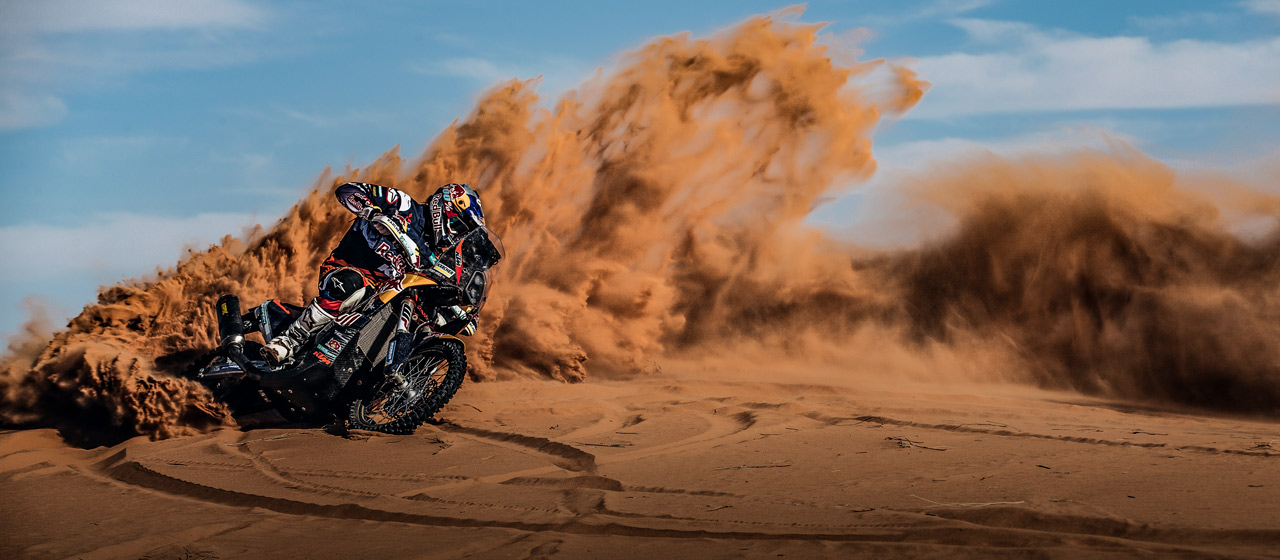
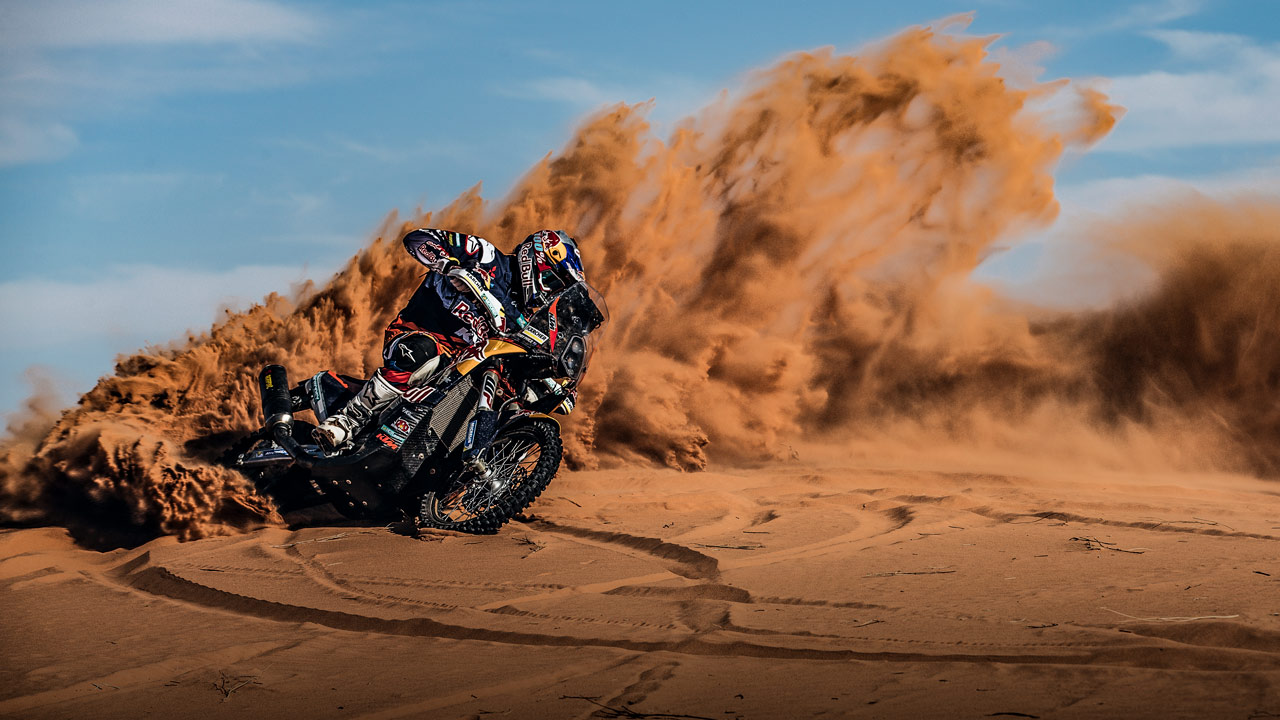
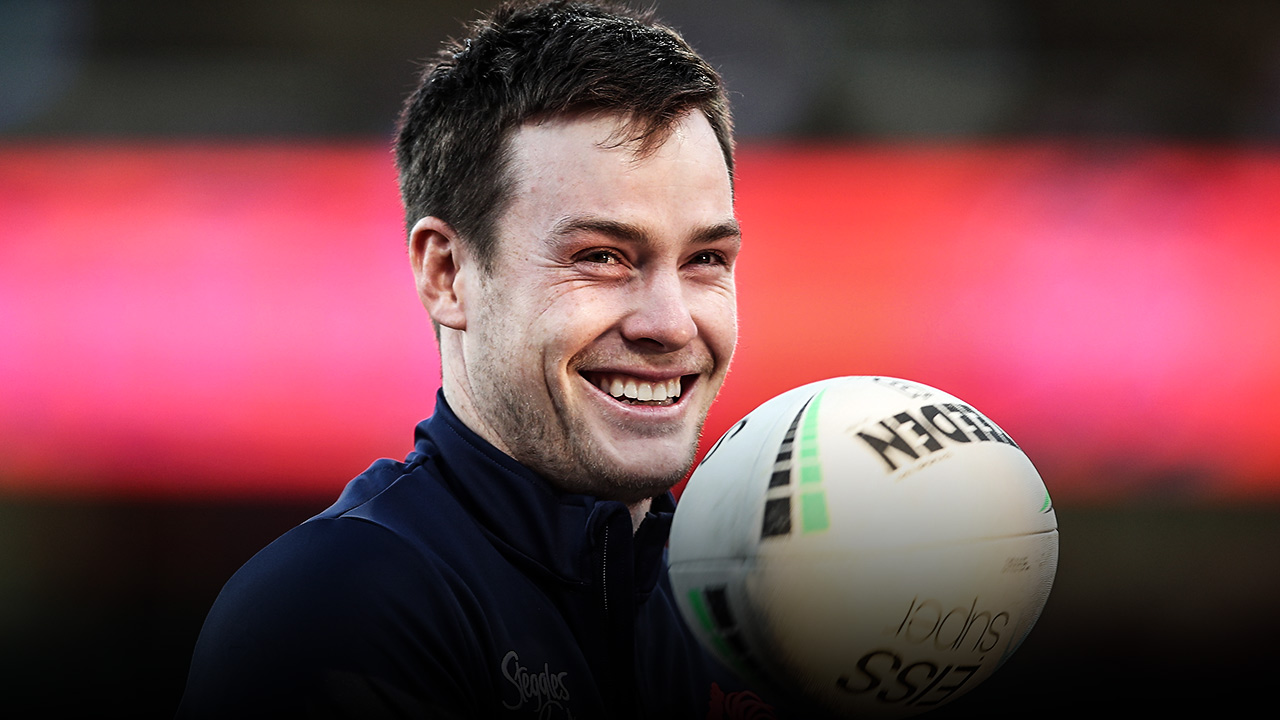
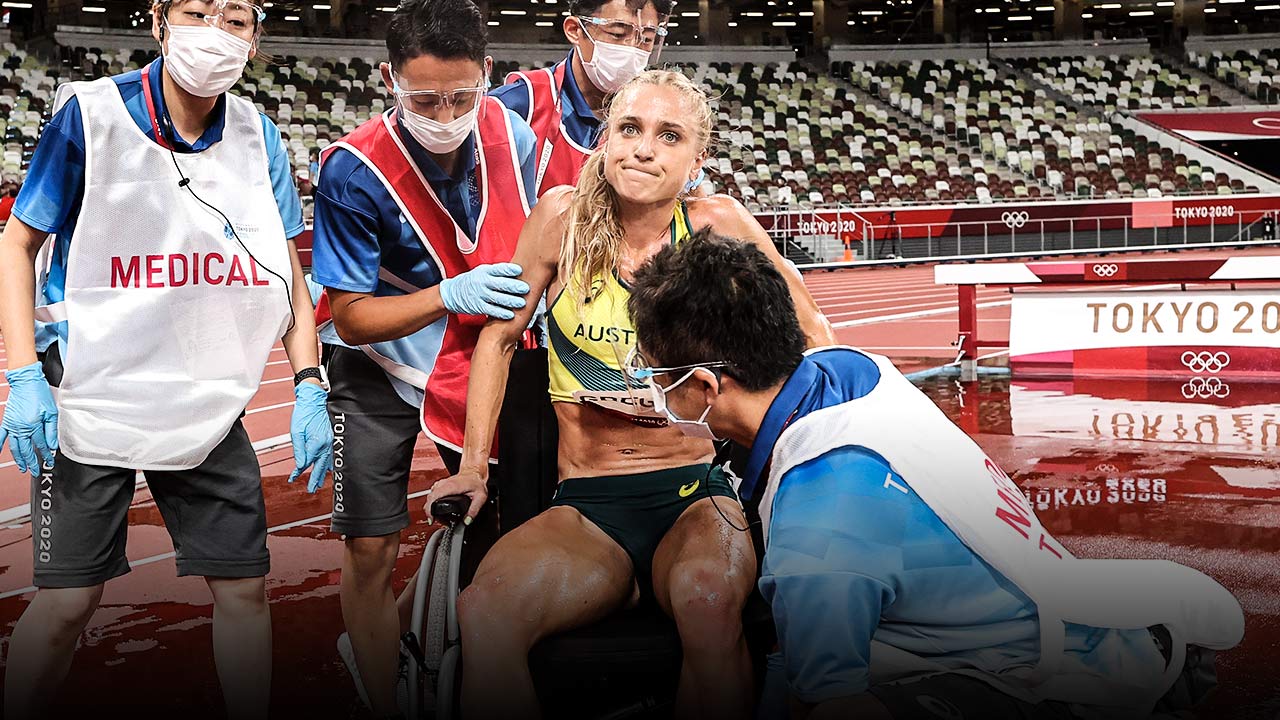

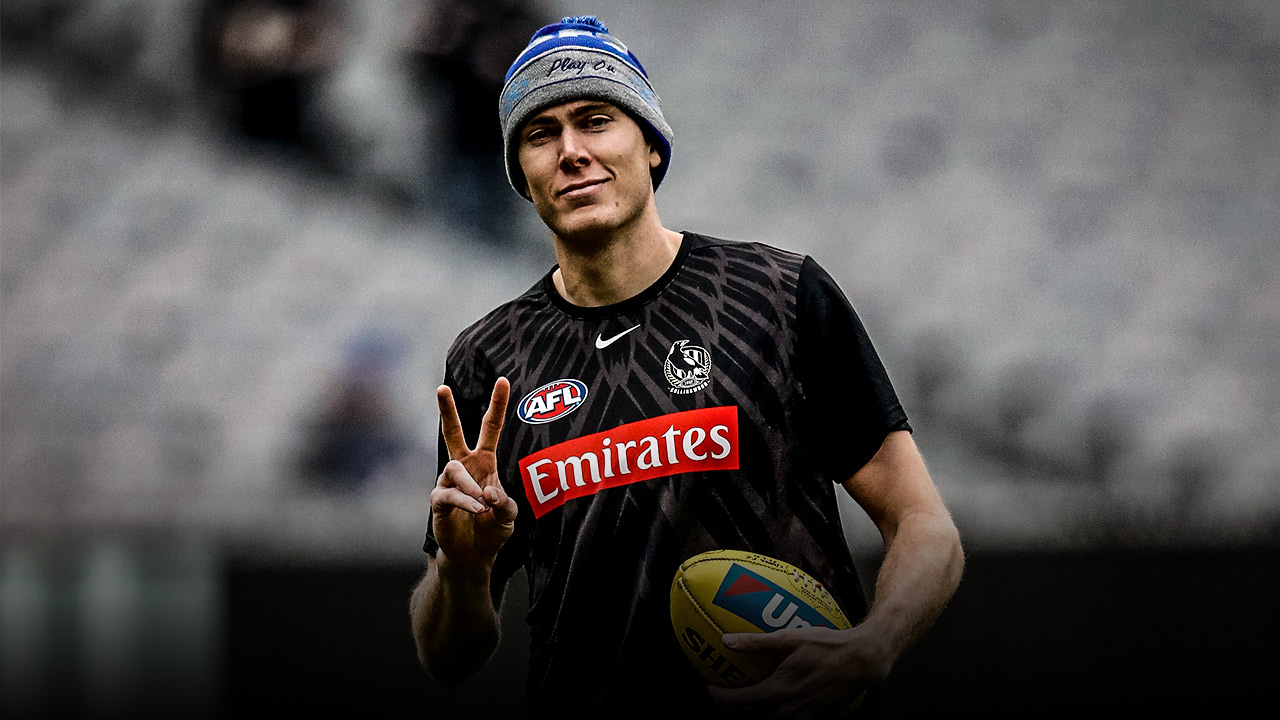
 Load More
Load More